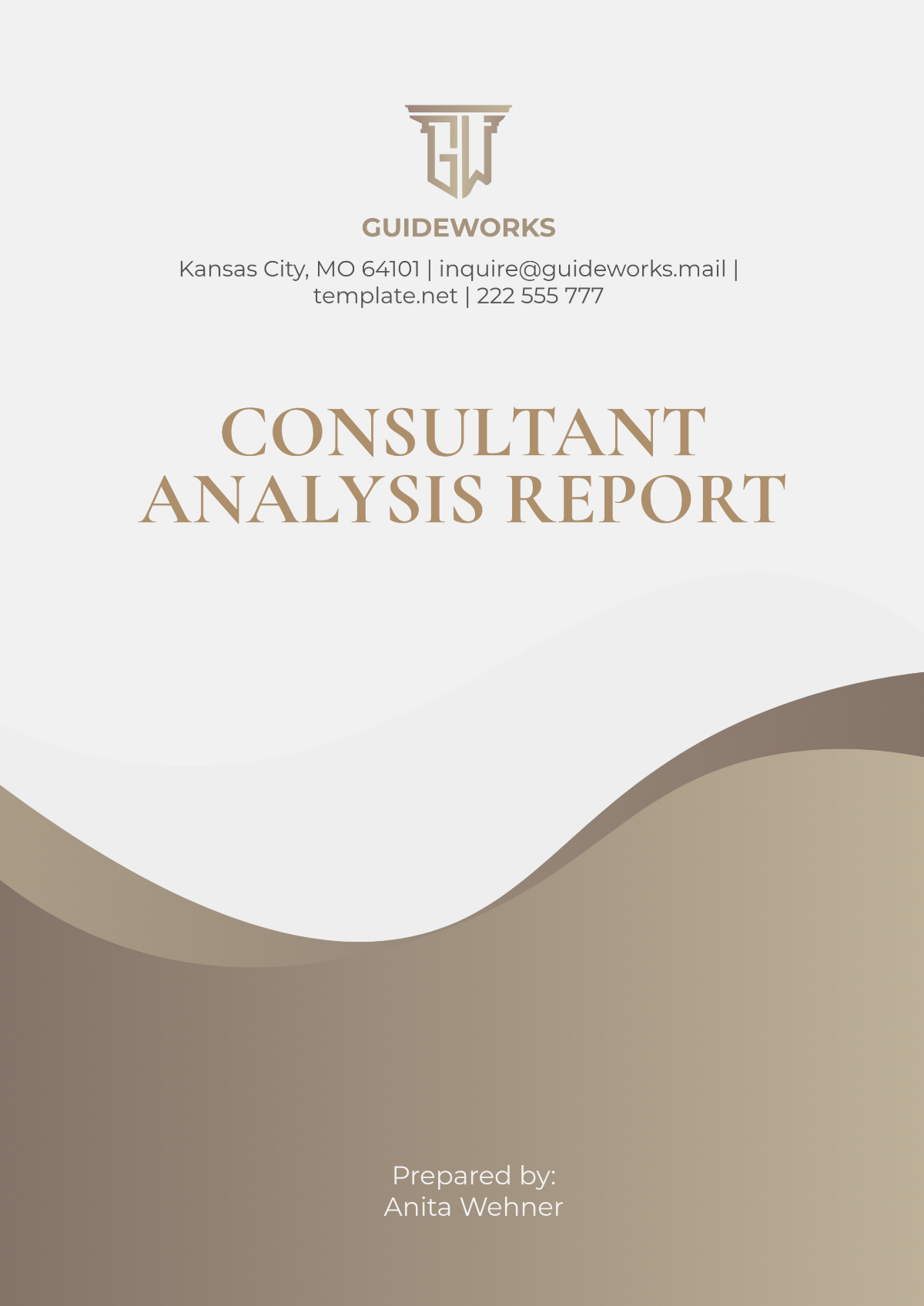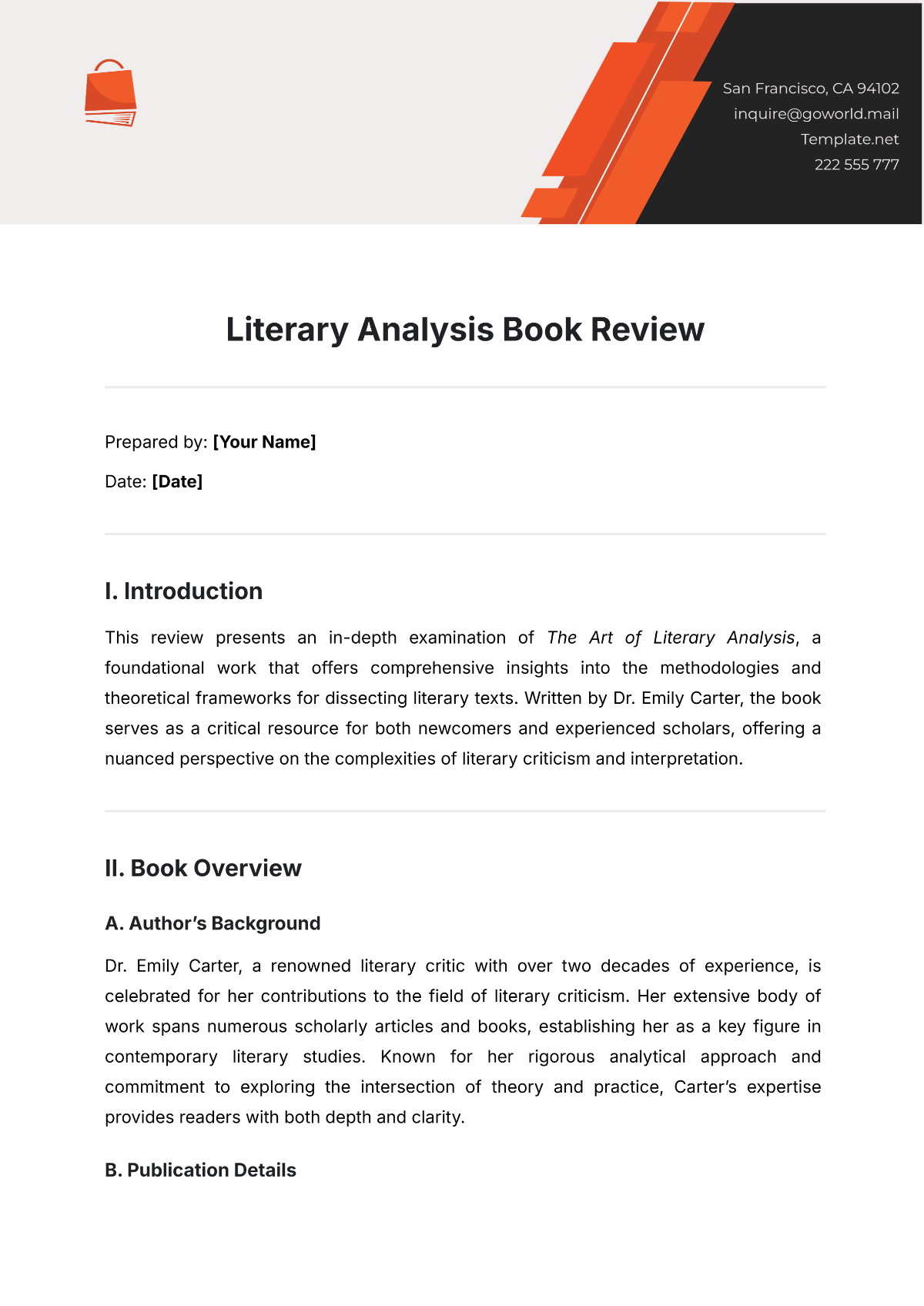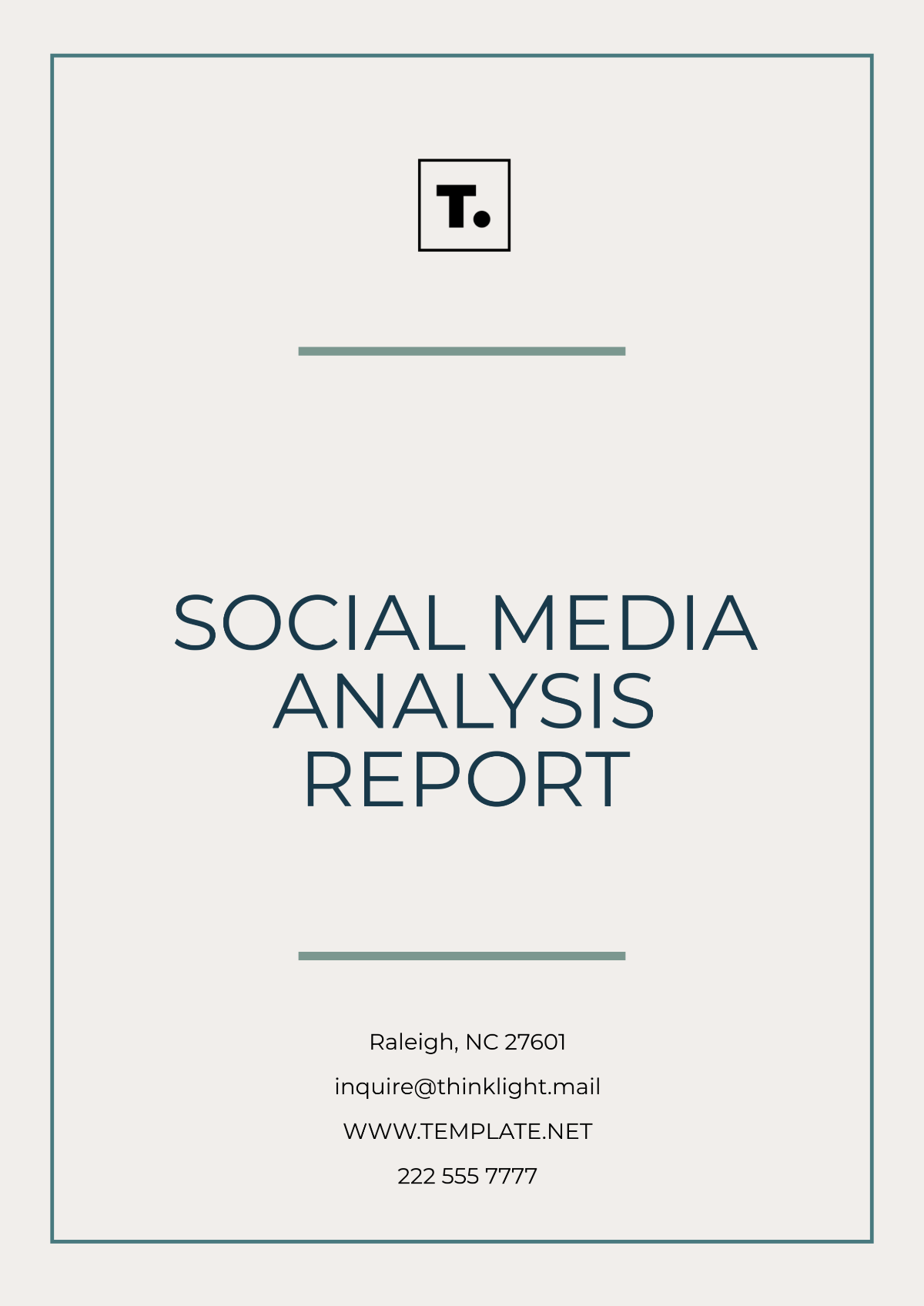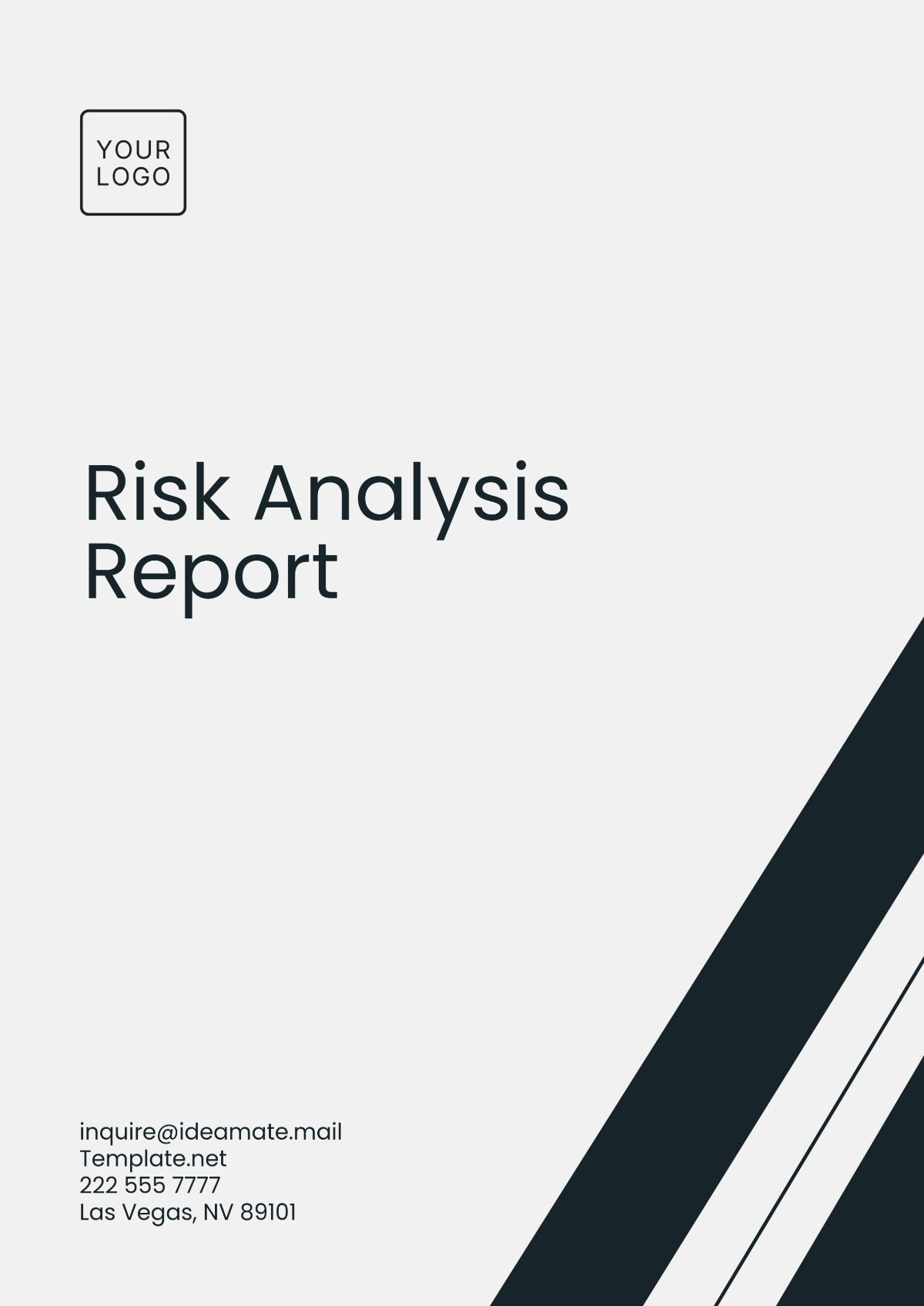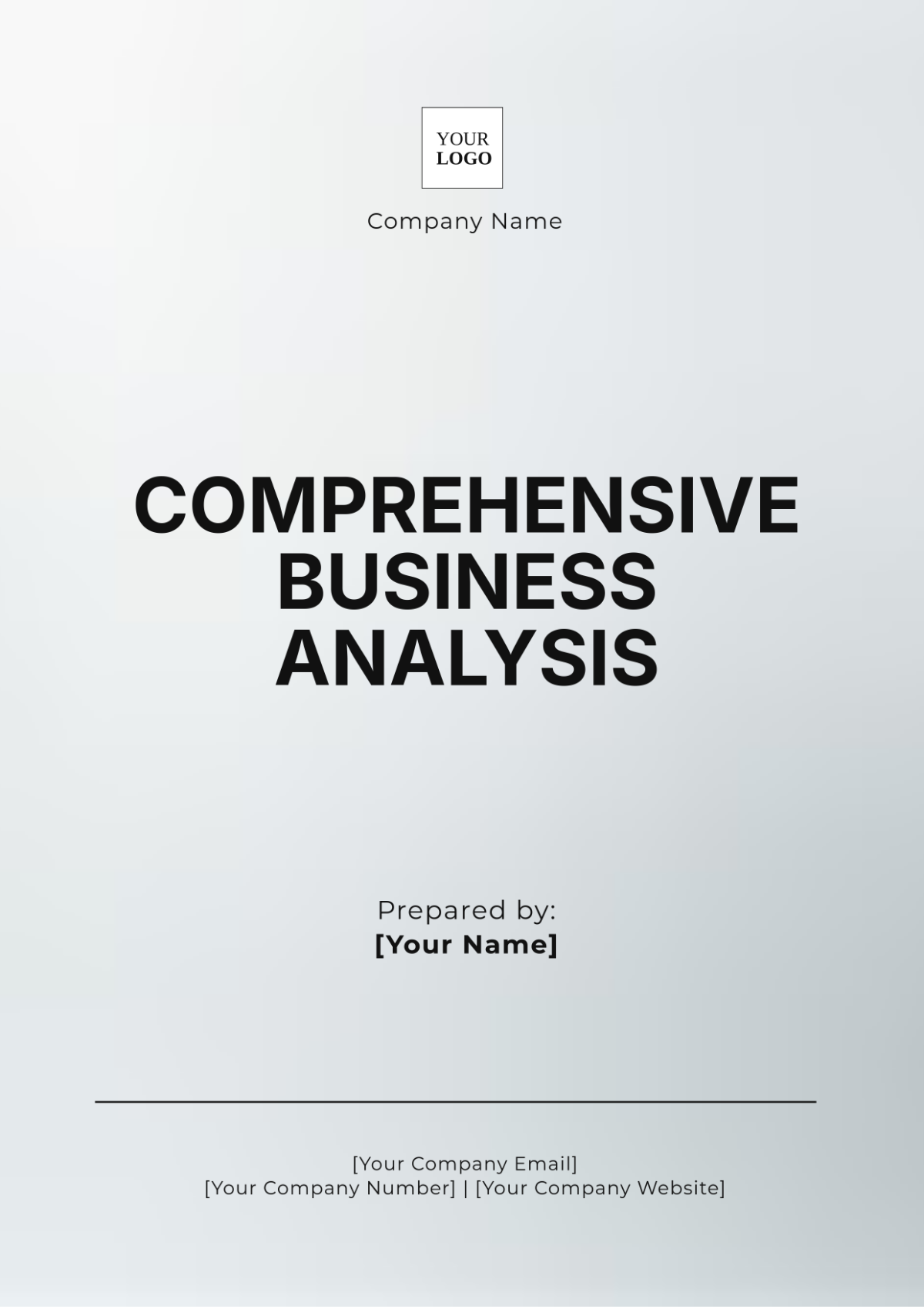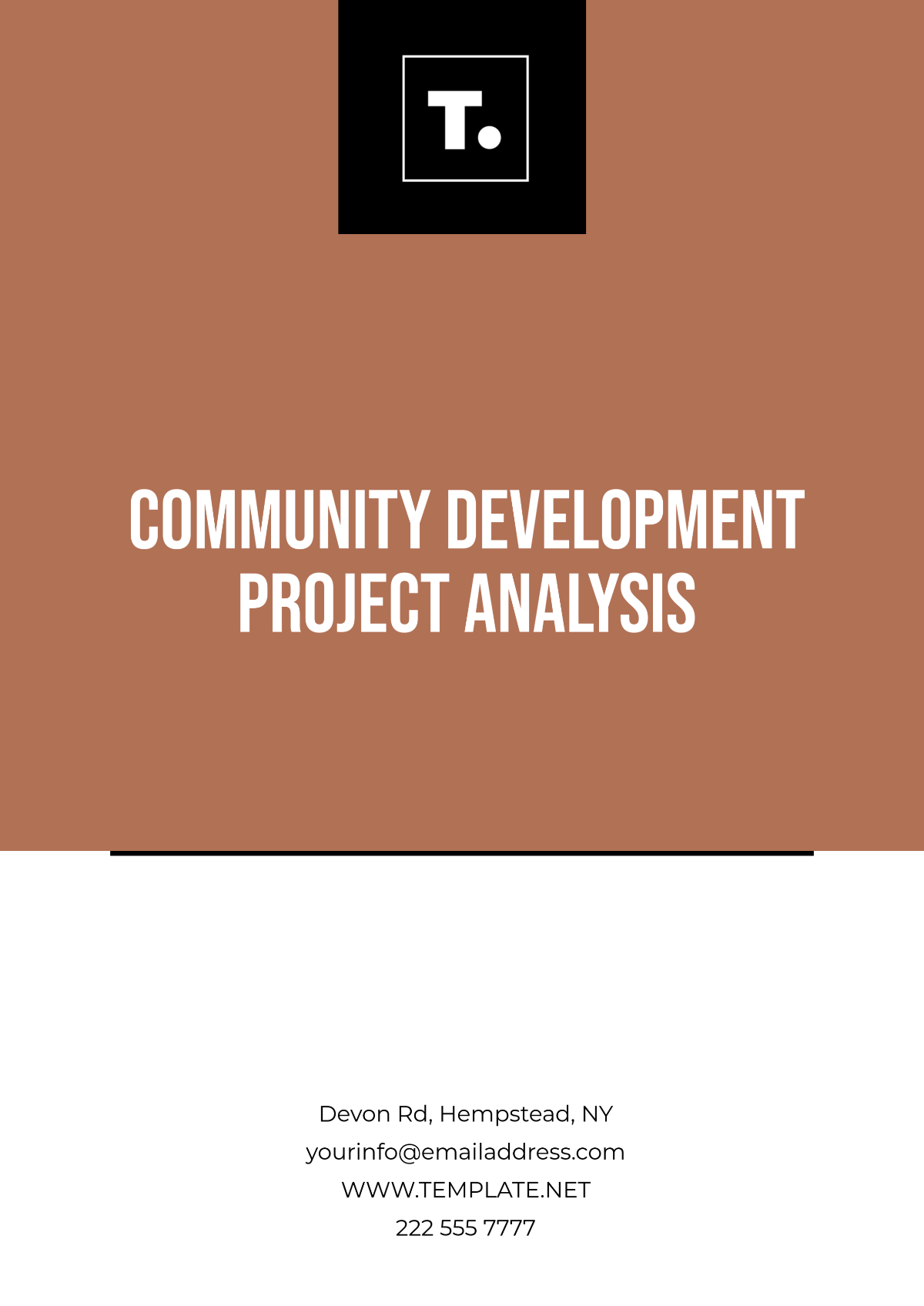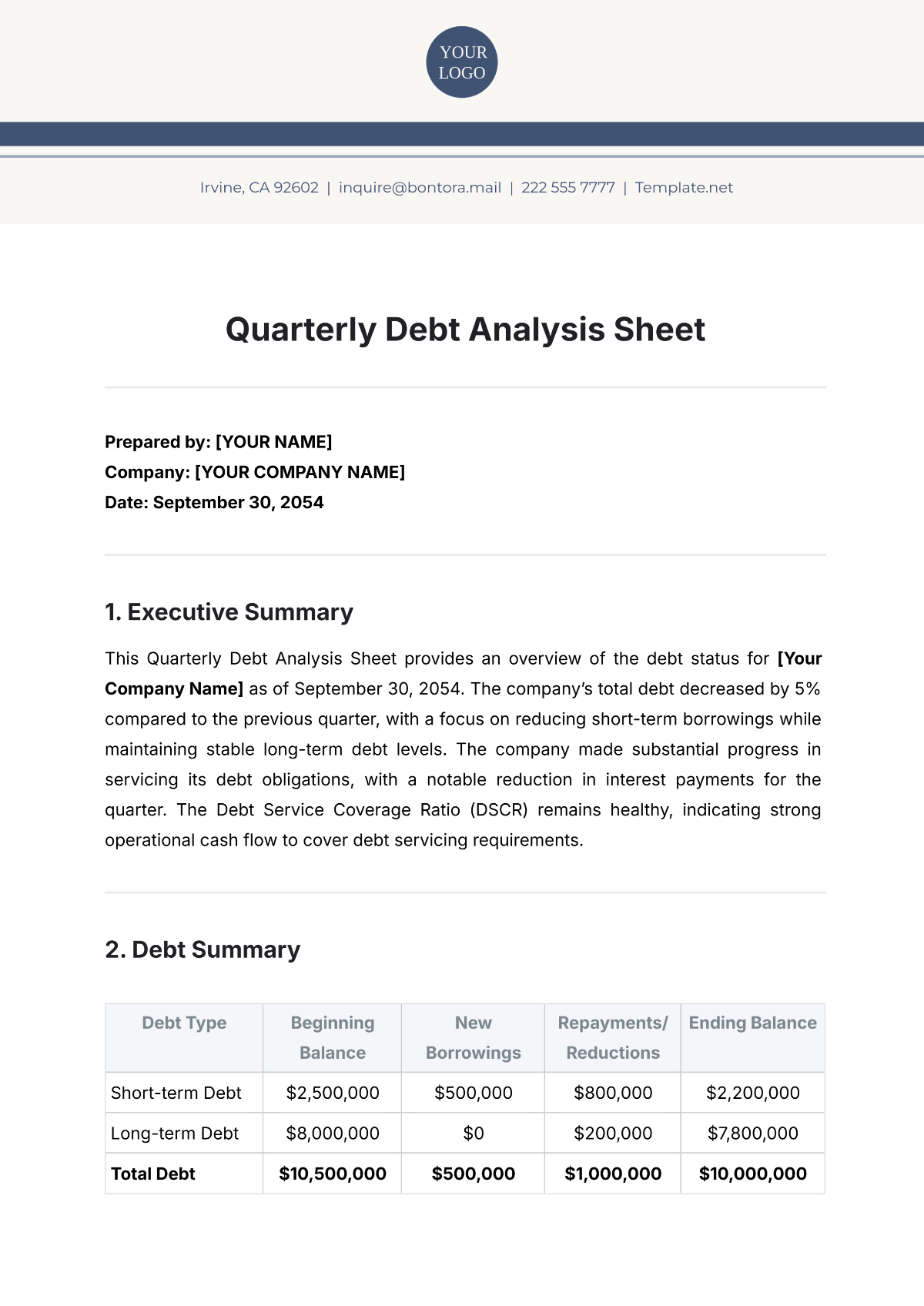Thematic Analysis in Behavioral Research
Introduction
Human behavior is a complex and multifaceted subject, influenced by numerous factors including genetics, environment, social interactions, and personal experiences. Understanding the patterns in human behavior and attitudes can provide valuable insights into coping mechanisms, social interactions, and overall mental health. This analysis will explore various aspects of human behavior, offering a comprehensive overview of the underlying principles and observable patterns.
Behavioral Patterns
Coping Mechanisms
Coping mechanisms are strategies people use to manage stress and navigate challenging situations. These mechanisms can be adaptive or maladaptive, impacting an individual's mental and physical well-being.
Type | Description | Examples |
|---|---|---|
Adaptive | Healthy strategies that promote positive outcomes and resilience. |
|
Maladaptive | Unhealthy strategies that may provide temporary relief but cause long-term harm. |
|
Emotional Regulation
Emotional regulation involves the processes by which individuals influence their emotions, and how they experience and express these emotions. Effective emotional regulation is critical to mental health and social functioning.
Suppression: Intentionally avoiding or ignoring emotions.
Reappraisal: Changing the way one thinks about a situation to alter its emotional impact.
Acceptance: Allowing oneself to experience emotions without attempting to change them.
Problem-focused coping: Taking action to address the cause of stress.
Emotion-focused coping: Managing the emotional stress response rather than addressing its source.
Social Interactions
Group Dynamics
Group dynamics refer to the patterns of interaction between individuals in a group setting. These dynamics can significantly influence behavior and attitudes, shaping how individuals perceive themselves and others.
Concept | Description |
|---|---|
Group Cohesion | The bond that holds a group together, often leads to higher levels of collaboration and support. |
Social Loafing | The tendency of individuals to exert less effort when working in a group than when working alone. |
Peer Pressure | Influence from members of one's peer group, which can lead to conforming behaviors. |
Groupthink | The practice of thinking or making decisions as a group, often leads to poor decision-making due to the desire for harmony or conformity. |
Interpersonal Relationships
Interpersonal relationships play a fundamental role in human behavior, influencing emotional well-being, social development, and even physical health. These relationships can be intimate, familial, or platonic, each bringing unique dynamics and challenges.
Intimate Relationships: Close relationships that involve emotional and physical intimacy, mutual respect, and often, long-term commitment.
Familial Relationships: Relationships with family members, can be a source of support and conflict.
Platonic Relationships: Friendships that provide companionship, support, and a sense of belonging.
Communication Styles
Effective communication is vital for maintaining healthy social interactions and relationships. Understanding different communication styles can help individuals navigate social situations more effectively.
Style | Description | Characteristics |
|---|---|---|
Assertive | Communicating one's needs and desires confidently without infringing on others' rights. |
|
Aggressive | Communicating in a forceful and hostile manner, often at the expense of others. |
|
Passive | Failing to express one's needs or defending personal rights. |
|
Passive-Aggressive | Indirectly expressing negative feelings instead of openly addressing them. |
|
Psychological Perspectives
Cognitive-Behavioral Theory
Cognitive-behavioral theory (CBT) posits that an individual's thoughts, feelings, and behaviors are interconnected and that changing negative thought patterns can lead to changes in behavior and emotional state.
Cognitive Restructuring: Identifying and changing maladaptive thought patterns.
Behavioral Activation: Increasing engagement in positive activities to counter depression.
Exposure Therapy: Gradually confronting feared situations to reduce anxiety.
Psychoanalytic Theory
Psychoanalytic theory, founded by Sigmund Freud, emphasizes the influence of the unconscious mind on behavior. It suggests that early childhood experiences shape an individual's lifetime patterns of behavior and attitudes.
Id, Ego, and Superego: The three components of the psyche that interact to shape behavior.
Defense Mechanisms: Strategies used by the ego to protect against anxiety.
Transference and Countertransference: The projection of feelings onto the therapist and vice versa during analysis.
Conclusion
Understanding human behavior and the patterns that emerge is essential for fostering better personal and social well-being. By examining coping mechanisms, social interactions, communication styles, and various psychological perspectives, we can gain deeper insights into why people act the way they do. This comprehensive exploration underscores the importance of context, relationships, and individual differences in shaping behavior and attitudes.








